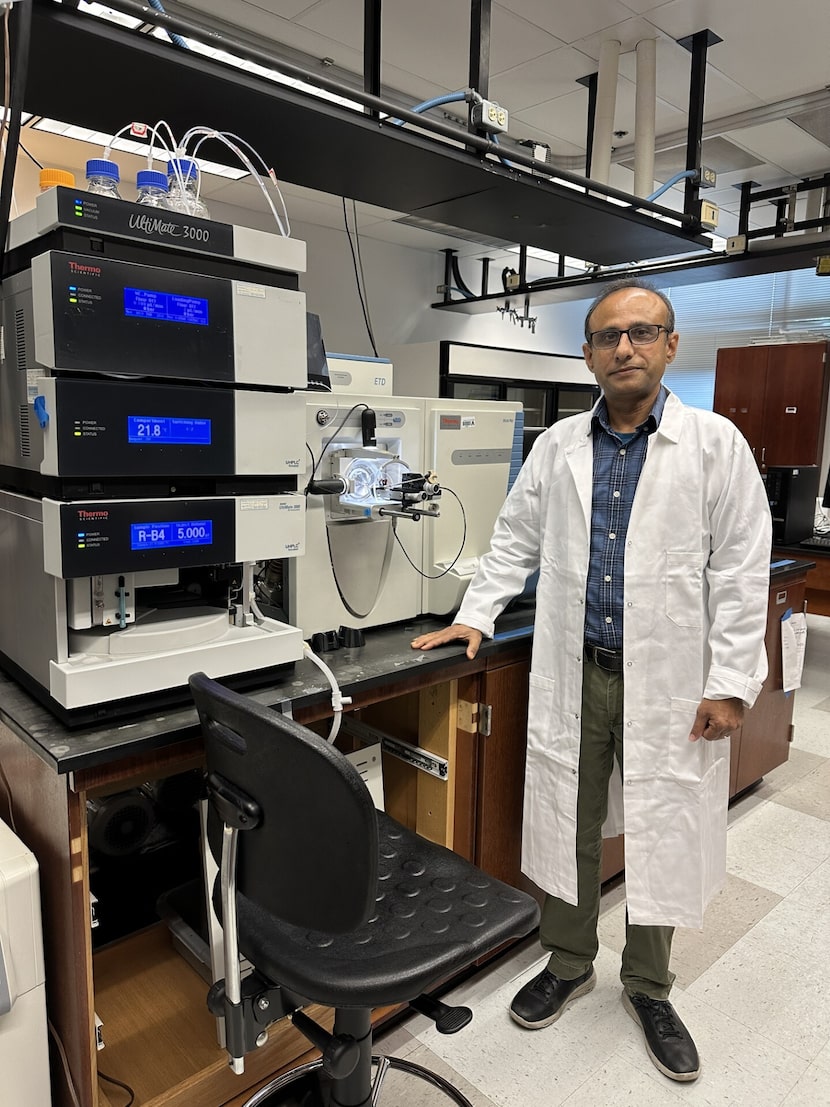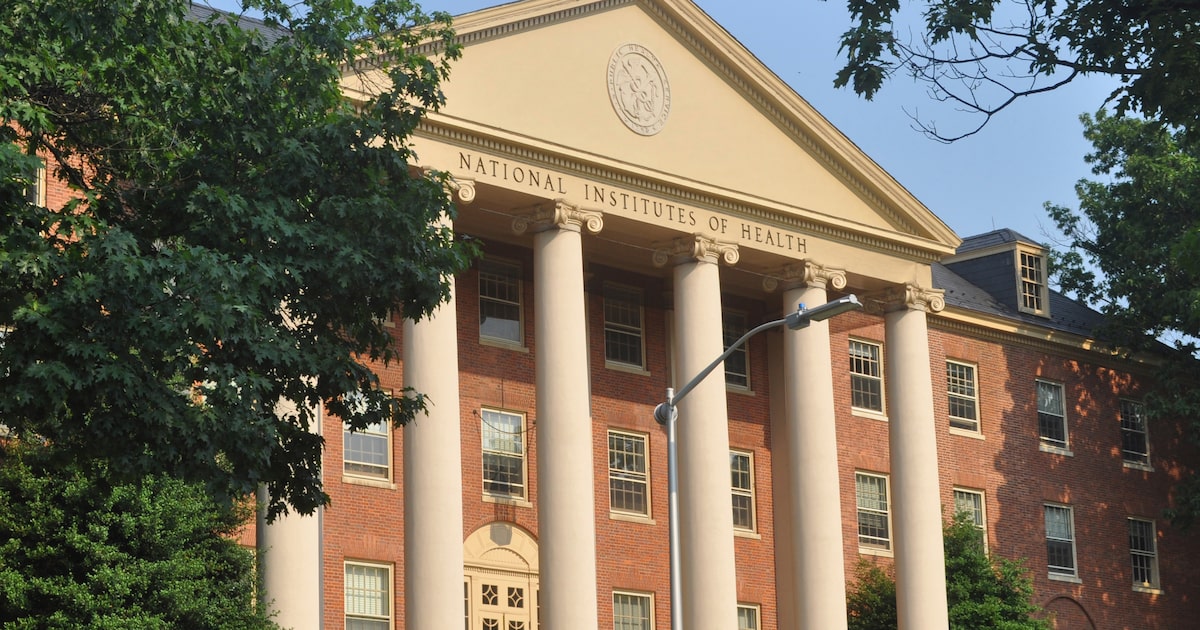Researchers at the University of Texas at Arlington are aiming to shed light on the circuitry behind the immune system’s response to danger.
The university announced last month it has received a $1.84 million grant from the National Institutes of Health to study proteins called pattern recognition receptors, which serve as the tripwires of the immune system. Found on and within cells, these proteins spot bacteria and fungi and kick-start inflammation, the immune system’s first wave of defense.
While these tripwires are usually protective, they can fuel medical conditions like cancer and heart disease when they overreact. Scientists have learned a lot about what some of these receptors do, but it’s still unclear how different immune proteins get switched on by signs of infection or damage and how those chemical signals ripple out through a cell.
“The ultimate goal is to create a blueprint of how these immune proteins work,” said Saiful Chowdhury, an associate professor of chemistry and biochemistry, in a news release. “These insights could lead to new medical treatments for cancer and a wide range of inflammatory diseases.”
Breaking News

Saiful Chowdhury is an associate professor of chemistry and biochemistry at the University of Texas at Arlington.
UT Arlington
Led by Chowdhury and spanning over five years, the project will take place in UT-Arlington’s Proteomics Lab. The researchers will track the interactions between the receptor proteins and other molecules and the chemical tags that cells add to the proteins, changing how they act. This latter phenomenon has been observed in some types of cancer.
The research team will “freeze-frame” protein meet-ups with tiny chemical connectors. The connectors keep the proteins together until they are run through a mass spectrometer, a machine that breaks molecules into pieces and weighs them. When the connectors pop off, a molecular fingerprint unique to that protein interaction is created. That fingerprint lets the scientists catch small or fleeting interactions and build a detailed map of how immune signals are controlled.
The work will hopefully expose the hidden protein interactions and chemical tweaks that steer immune responses, including when they tip into harmful inflammation, Chowdhury said. “This knowledge could help us design smarter drugs that reduce harmful inflammation without weakening the body’s defenses against infection.”
Miriam Fauzia is a science reporting fellow at The Dallas Morning News. Her fellowship is supported by the University of Texas at Dallas. The News makes all editorial decisions.
